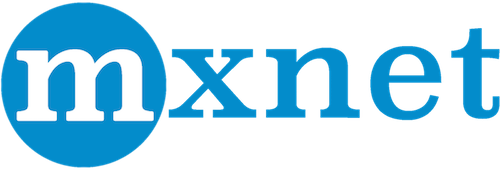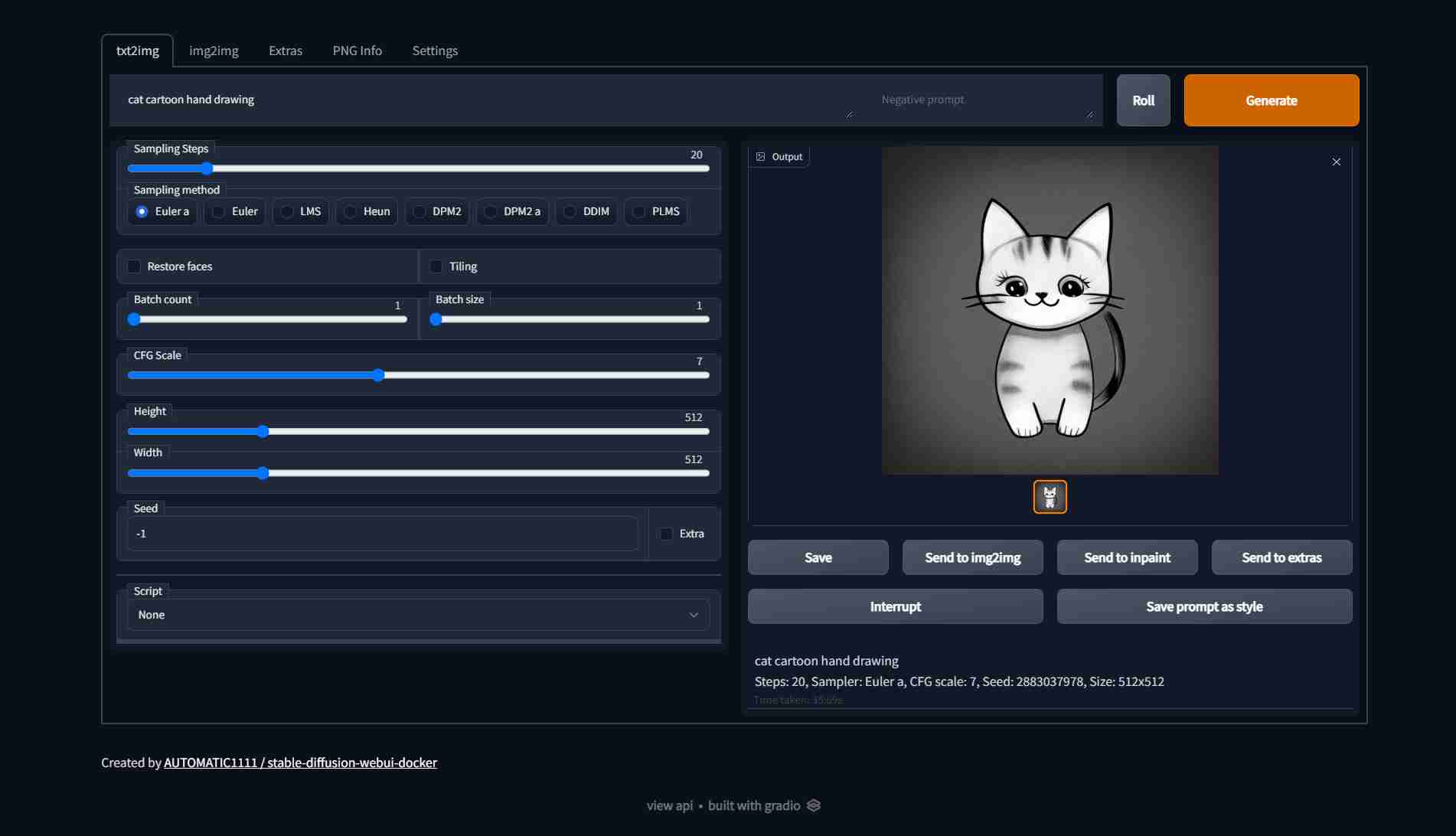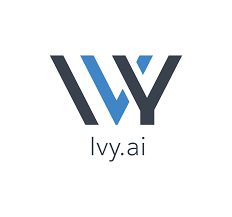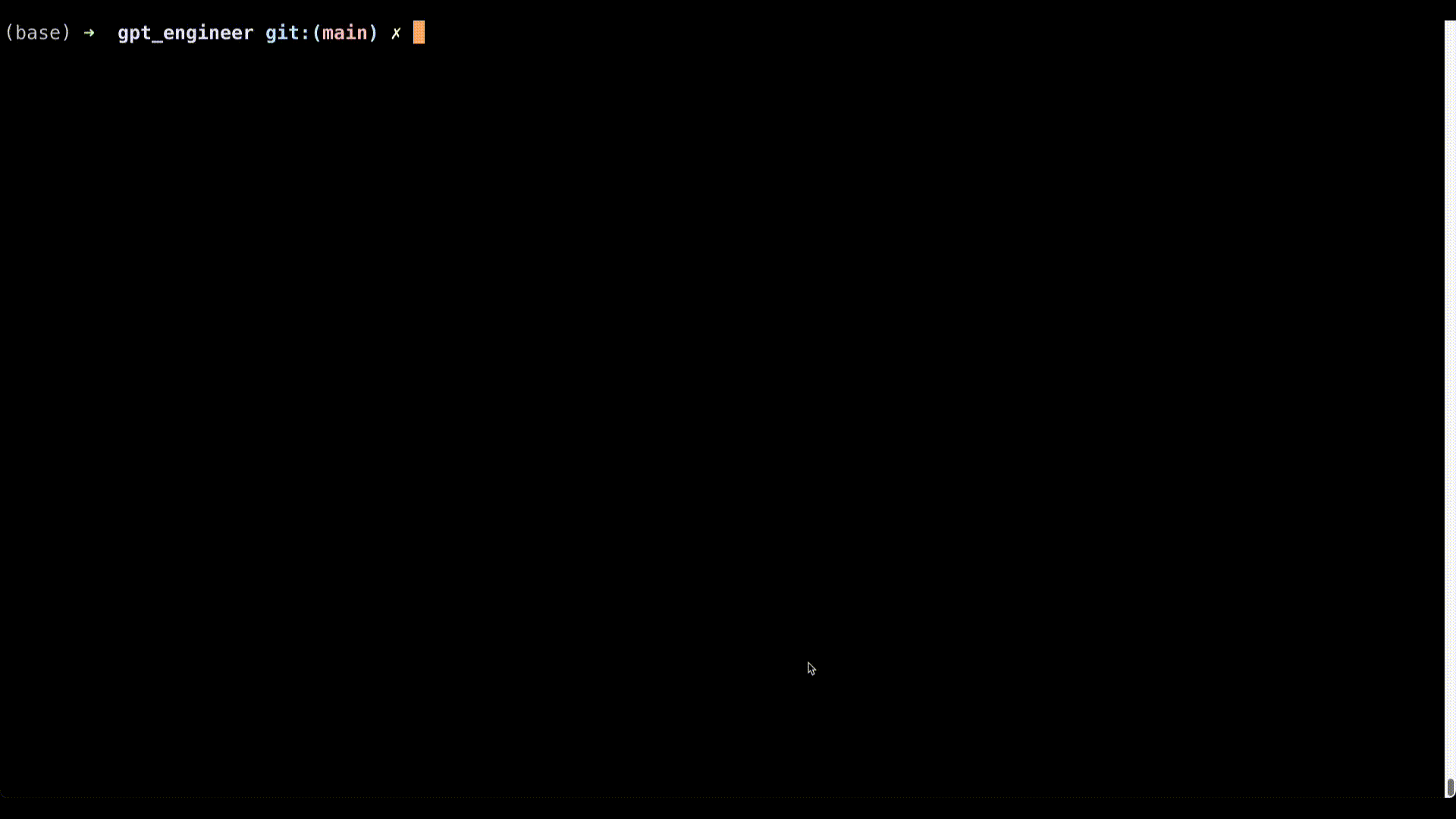If you've been developing your coding skills so you can work on AI projects, you've probably come across some open source AI resources.
I know I have. In fact, I think I use open source more than I do APIs and proprietary software these days.
When it comes to developing in AI, oftentimes closed source software can be quite restricting because of the company's legal or corporate reasons.
If you've read my previous articles on using LangChain, you already have a fairly good idea of how powerful these open source frameworks can be.
So in this article, I've decided to round up other popular choices that you might find helpful for your AI development needs. Let's dive in.
First, What is Open Source?
Open source in software development refers to the practice of making the source code of a project available to the public to be used, modified, and redistributed.
With its decentralized nature, it encourages open collaboration and feedback loops that can be significant in helping a project succeed.
Some of the key principles of open-source software development include:
- Free Redistribution: Open-source software should not restrict anyone from selling or giving away the software as part of a software distribution. If it is, no royalty or fee should be required for such distribution.
- Source Code Availability: Open-source software must include the source code, which should be easily accessible and distributable. If a software product is not distributed with source code, there should be a well-publicized means of obtaining it.
- No Discrimination: Open-source licenses must not discriminate against any individual or group of people, meaning they must be truly accessible by anyone.

This model has been gaining popularity, especially in recent times with sharing platforms such as Twitter and Product Hunt. In fact, 80% of respondents in a survey indicated they increased their use of open source in the past year, of which 41% claimed it was a "significant increase".
Why Are Open Source AI Projects Important?
There are tons of benefits to open source projects. For the community, open source paves the way for greater transparency, innovation, and community-driven software development.
Whereas for your personal software development journey, there's a variety of reasons to contribute to and use open source projects, such as:
- Getting involved in software development communities that have the same focus areas as you
- It allows you to create much more fine-tuned AI models
- It's often eye-catching in your portfolio or CV
- You get the opportunity to learn from experienced software developers (and possibly find a mentor)
- It's a prime avenue for professional networking
- It's a great way to grow your reputation and online presence
- It helps you improve your personal growth and problem-solving abilities
Without open source projects, we would lose a big avenue of growth for the software development community. And we would have to solely rely on working in a tech company in order to gain experience working on large codebases and projects.
With AI techniques and tools growing at such a rapid pace, having open source AI projects allows us to create and train our own AI models or tools, without having to rely on expensive corporate models.
As AI is still blue ocean technology, this means exciting times for software developers who may be the first to create their own apps or tools before the big players.
My Favorite Open Source AI Projects and Tools
With tons of options and use-cases for open source AI projects out there, I decided to distill them down into 5 main categories. Of course, these projects and tools can be used together (and often are) to create amazing apps and software.
Nevertheless, here are the 5 categories of open source AI projects:
- Deep Learning Frameworks
- Natural Language Processing (NLP) and Language Models
- Computer Vision and Image Processing
- Machine Learning Libraries and Tools
- AI Assistants and Chatbots
Open Source Deep Learning Tools
TensorFlow

TensorFlow is an open-source framework for machine learning. By using the computational graph concept, TensorFlow represents operations and data flow as nodes and edges.
Tensors hold data, and models are built by connecting operations. Optimization algorithms train the models by minimizing the loss function. It enables developers to create Machine Learning powered applications easily with accurate results.
TensorFlow also provides high-level APIs like Keras, which simplifies the process of building and training models. This makes it an amazing tool for creating powerful applications with Machine Learning.
Mainly used for: Deep Learning
Github stars: 176,000
PyTorch + Keras

PyTorch and Keras are two popular frameworks for working with Deep Learning. Both of them are popular frameworks used to build and train neural networks.
Keras supports developers by providing a high-level API which makes it easy to handle deep learning tasks. PyTorch uses a dynamic graph computational model where the graph is constructed as the operations are executed.
Both of the frameworks offer easy model creation, training, and deployment with support for TensorFlow and Theano backends.
Mainly used for: Deep Learning
Github stars: 68,700 (Pytorch) & 58,800 (Keras)
Apache MXNet

Apache MXNet is an open-source framework for deep learning. It accepts almost all popular programming languages like Scala, Python, R, and more.
MXNet supports both research and production-level deployment of machine learning models. It utilizes a symbolic and imperative programming model, offering the benefits of both dynamic and static computational graphs. This allows for efficient parallelization and distributed computing across multiple devices or machines.
Mainly used for: Deep Learning
Github stars: 20,500
tflearn

tflearn is an advanced deep learning library. It makes the process of building and training neural networks easier. It allows users to define and train neural networks using a concise and intuitive syntax.
tflearn provides a wide range of built-in layers, optimizers, activation functions, and evaluation metrics.
It also contains utilities for model visualization, data processing, and checkpointing. Code written in tflearn can easily be switched to TensorFlow code at any point. This is the most handy feature of tflearn.
Mainly used for: Deep Learning
Github stars: 9,600
Theano

Theano is another Python library mainly designed for numerical computations and deep learning tasks. This library enables users to define, optimize, and evaluate mathematical expressions efficiently, leveraging the power of GPU acceleration.
Theano works by building a computational graph where mathematical operations are represented as nodes and their dependencies as edges. This graph is then compiled into highly optimized C code, allowing it to be executed on various hardware architectures.
Theano is built on top of NumPy and offers tight integration with it, transparent use of GPU, speed and stability optimization, and dynamic C code integration. These features make Theano a powerful tool for researchers and practitioners in the field of deep learning.
Mainly used for: Deep Learning
Github stars: 9,800
Open Source NLP and Language Model Tools
Hugging Face Transformers

HuggingFace Transformers is a popular open-source library for Natural Language Processing (NLP) tasks. It provides a simple and efficient way to use transformer models.
HuggingFace Transformers leverages transformer architectures, such as GPT, BERT, and RoBERTa, which have achieved remarkable success in NLP.
These models have been pre-trained on massive amounts of data, enabling them to capture deep contextual representations of language. With the support of pre-trained models, tools for fine-tuning, and a collaborative model hub, HuggingFace Transformers empower developers and researchers to leverage the power of transformer architectures for a wide range of natural language processing applications.
Mainly used for: Natural Language Processing (NLP) and Language Models
Github stars: 107,000
Fast.ai

Fast.ai is a library for working with deep learning tasks. It contains pre-trained models that support developers to handle tasks with just a few lines of code.
Fast.ai provides a range of features, including model architectures, optimization techniques, data preprocessing, and visualization tools.
By offering a high-level library with powerful features and pre-built functionalities, Fast.ai makes it easier to learn deep learning.
Mainly used for: Natural Language Processing (NLP) and Language Models
Github stars: 24,200
Open Source Computer Vision and Image Processing Tools
OpenCV

OpenCV is a popular Computer Vision and Image Processing library developed by Intel. Popular programming languages like Python, Java, and C++ are accepted by this library.
OpenCV has functions and algorithms to manipulate, analyze, and understand images and videos. OpenCV contains all the necessary functions for any image processing tasks like feature detection, object recognition, image filtering, and camera calibration.
These functions can work with different images and videos efficiently making them versatile for various applications.
Mainly used for: Computer Vision and Image Processing
Github stars: 69,900
Detectron2

Detectron2 is a next-generation library that provides advanced detection and segmentation algorithm. Panoptic segmentation, Densepose, Cascade R-CNN, rotated bounding boxes, PointRend, DeepLab, ViTDet, and MViTv2 are some of the new capabilities included in the updated version of this library.
Detectron2 becomes a flexible and efficient platform for developers to create computer vision models. It works by leveraging a modular design and a powerful backbone network architecture.
It has since become a popular choice for building and deploying object detection and instance segmentation models because of its flexibility, powerful architecture, and extensive features.
Mainly used for: Computer Vision and Image Processing
Github stars: 25,500
Open Source Machine Learning Libraries and Tools
Stable Diffusion

Stable Diffusion is a latent diffusion model which is a kind of deep generative artificial neural network. It enables users to generate images based on details written in text format.
You can also perform tasks like outputting, inpainting, and generating image-to-image translations using this model.
The code and model weights of Stable Diffusion have been publicly released, and it can run on most consumer hardware equipped with a modest GPU with at least 8 GB VRAM.
Main used for: Machine Learning Libraries and Tools
Github stars: 89,900 (WebUI) and 57,500 (Model)
MindsDB

MindsDB is an open-source AutoML framework. Creating a predictive model is much easier using this framework.
MindsDB allows developers to train, test and deploy predictive models using less code. It can automatically analyze and understand the data, select the appropriate algorithms, and train models based on the user's input.
It accepts a wide range of data formats and integrates with popular databases like SQL databases. MindsDB accepts a large set of machine learning tasks including natural language processing, regression, classification, and so on.
Main used for: Machine Learning Libraries and Tools
Github stars: 17,200
Ivy

Ivy is an open-source deep learning library in Python focusing on research and development. It contains an advanced API that makes the process of building and training neural networks easier.
Using Dynamic Computation Graphs with Automatic Differentiation, Ivy offers developers a flexible and intuitive path to define or perform computations and network architectures. It also enables developers to modify the network structure during runtime.
Ivy accepts both CPU and GPU computations and seamlessly integrates with popular deep learning frameworks like TensorFlow and PyTorch.
Main used for: Machine Learning Libraries and Tools
Github stars: 11,900
Open Source AI Assistant and Chatbot Tools
GPT Engineer

This one is a personal favourite of mine that I use to help get projects up and running
GPT Engineer is designed to be easy to adapt and extend, and it allows your agent to learn the desired code structure. It generates an entire codebase based on a prompt, providing flexibility and ease of use. It also offers high-level prompting and can provide feedback to the AI that it will remember over time.
GPT Engineer facilitates fast handovers between AI and human interactions. All computations of the GPT Engineer are resumable and persisted in the file system.
Mainly used for: Your AI Assistant and Chatbot
Github stars: 37,300
Open Assistant

Open Assistant is a project aimed at giving everyone access to a great chat-based large language model. The project's goal is not limited to replicating ChatGPT but to building the assistant of the future.
The contributors are trying to create an assistant capable of writing emails, cover letters, performing meaningful tasks, utilizing APIs, dynamically researching information, and more.
Additionally, the assistant should have the ability to be personalized and extended by anyone. Whether you are a beginner or an expert, you can explore this useful project.
Mainly used for: Your AI Assistants and Chatbots
Github stars: 34,300
Fauxpilot

FauxPilot is an open-source alternative to the GitHub Copilot server. This project aims to develop a locally hosted alternative to GitHub Copilot. It utilizes the SalesForce CodeGen models within NVIDIA's Triton Inference Server, with the FasterTransformer backend.
Running this project may require configuring prerequisites such as Docker compose and an NVIDIA GPU with compatible compute capability.
Mainly used for: Your AI Assistants and Chatbots
Github stars: 12,700
Conclusion
I hope you found a new great open source AI project to dive into in this article. The last few months has been explosive for open source AI projects, with incredible creators sharing their work.
Recently, I've been playing around with HuggingFace transformers extensively, and while the material there is extremely fascinating, it's really only just getting started.
If you enjoyed this article and you would like to find out more about the cool new tools AI creators are building, you can stay up-to-date with my Byte-Sized AI Newsletter. There are tons of exciting stories of what people are building in the AI space, and I'd love for you to join our community.
I also post regularly on LinkedIn and I'd be happy to connect! Other than that, happy building and I'm excited to see what you work on next.

